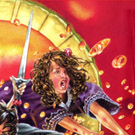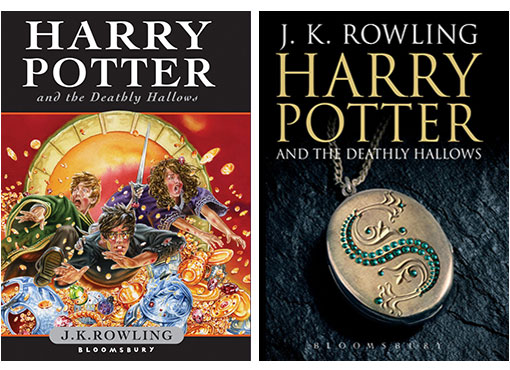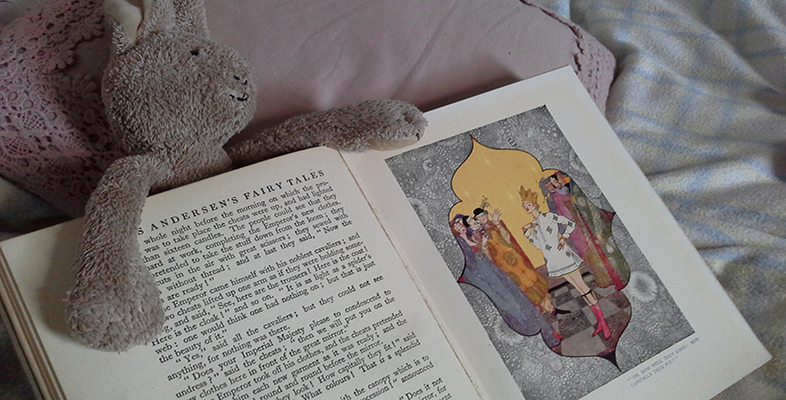4.3 Marketing to different readerships
Of course, just because a book is aimed and marketed at a particular age-group or gender, doesn’t mean that other children won’t or can’t read and enjoy it. It is interesting to reflect on the extent to which children’s reading choices are influenced by images and other aspects of visual design. Are children’s reading choices unnecessarily restricted by such non-verbal messages? For example, interviews with children conducted for the Open University course EA300: Children’s Literature revealed that boys are reluctant to read books which feature the colour pink on the cover. To what extent might they be missing out on stories that they might enjoy just as much as a girl would? Research by Edward Salmon (1888) showed that even in the nineteenth century girls were often willing or keen to read books which appear to be intended for boys. Nevertheless, some may still be put off by imagery such as the skull and crossbones above. The visual elements are. in these cases. being used to appeal to particular markets, and thus provide an interpretation of the verbal story that is likely to be popular with certain readers. This point is further illustrated in the next activity.
Activity 6
Here are two more fragments from the covers of children’s books. Please answer the multiple-choice questions for each. Again, more than one category may be appropriate, and you can select multiple answers.

a.
0–4
b.
5–8
c.
9–12
d.
young teenagers
e.
older teenagers
f.
other
The correct answers are b, c and d.
Answer
The correct answers are 5–8, 9–12 and ‘young teenagers’.
a.
boys
b.
girls
c.
both
The correct answer is c.
Answer
The correct answer is ‘both’.
a.
adventure
b.
romance
c.
fantasy
d.
realism
The correct answer is c.
Answer
The correct answer is ‘fantasy’.
a.
0–4
b.
5–8
c.
9–12
d.
young teenagers
e.
older teenagers
f.
other
The correct answers are e and f.
Answer
The correct answers are ‘older teenagers’ and ‘other’.
a.
boys
b.
girls
c.
both
The correct answer is c.
Answer
The correct answer is ‘both’.
a.
adventure
b.
romance
c.
fantasy
d.
realism
The correct answer is c.
Answer
The correct answer is ‘fantasy’.
These two covers are for the same book: Harry Potter and the Deathly Hallows. The difference is that one is the version marketed for children, and the other is the one marketed for adults. The contents of the books themselves are exactly the same, but the front covers are quite different. Even the font used in the title is a little different, with the one in the adult version being thinner and more elongated. Likewise, the overall colour scheme is far more muted in the adult version, while the children’s version is full of bright colours.
The use of a hand-drawn illustration in contrast to the stylised photographic image is another notable difference. The children’s version offers an image bursting with action and featuring characters from the story, while the adult version has a far more enigmatic and abstract image of a pendant.
The book appears to be marketed to the widest possible audience. According to the educational company Scholastic (2006), the average age at which children start reading the Harry Potter books is nine, and they are slightly more popular with girls than with boys. However, they have been exceptionally popular with both boys and girls, and both children and adults. These two covers suggest how the publishers are attempting to build on this wide readership in the way they present the book.

